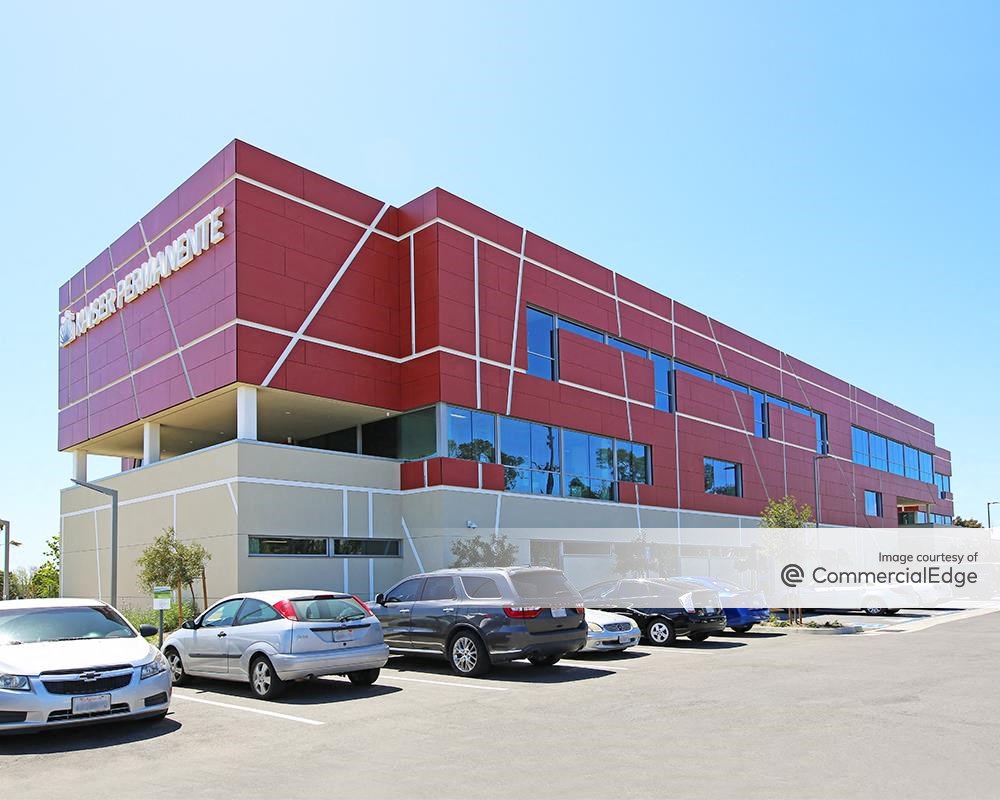

Those of Jewish heritage who did not leave were quickly purged from German institutions, further thinning the ranks of academia. Politicization of the German academia under the Nazi regime had driven many physicists, engineers, and mathematicians out of Germany as early as 1933. Abraham Esau was appointed as Reichsmarschall Hermann Göring's plenipotentiary for nuclear physics research in December 1942 Walther Gerlach succeeded him in December 1943. Diebner, throughout the life of the nuclear weapon project, had more control over nuclear fission research than did Walther Bothe, Klaus Clusius, Otto Hahn, Paul Harteck, or Werner Heisenberg. The most influential people in the Uranverein were Kurt Diebner, Abraham Esau, Walther Gerlach, and Erich Schumann Schumann was one of the most powerful and influential physicists in Germany. Subsequently, the number of scientists working on applied nuclear fission began to diminish, with many applying their talents to more pressing war-time demands. The program was split up among nine major institutes where the directors dominated the research and set their own objectives. Eventually, it was assessed that nuclear fission would not contribute significantly to ending the war, and in January 1942, the Heereswaffenamt turned the program over to the Reich Research Council ( Reichsforschungsrat) while continuing to fund the program.

The program eventually expanded into three main efforts: the Uranmaschine ( nuclear reactor), uranium and heavy water production, and uranium isotope separation. The first effort started in April 1939, just months after the discovery of nuclear fission in December 1938, but ended only months later shortly ahead of the German invasion of Poland, when many notable physicists were drafted into the Wehrmacht.Ī second effort began under the administrative purview of the Wehrmacht's Heereswaffenamt on 1 September 1939, the day of the invasion of Poland. It went through several phases of work, but in the words of historian Mark Walker, it was ultimately "frozen at the laboratory level" with the "modest goal" to "build a nuclear reactor which could sustain a nuclear fission chain reaction for a significant amount of time and to achieve the complete separation of at least tiny amount of the uranium isotopes." The scholarly consensus is that it failed to achieve these goals, and that despite fears at the time, the Germans had never been close to producing nuclear weapons. For these results, please call or email your doctor using KP.org.The Uranverein (English: "Uranium Club") or Uranprojekt (English: "Uranium Project") was the name given to the project in Germany to research nuclear technology, including nuclear weapons and nuclear reactors, during World War II. Some test results are not available online due to privacy concerns and regulations. Most test results are available online via KP.org or the KP My Doctor Online mobile app. When test results become available, an email message is sent to your regular email account. We strive so that you can thrive! TEST RESULTS In the laboratory, a highly skilled and dedicated medical team of patient service representatives, laboratory assistants, clinical laboratory scientists, managers, and pathologists work together as a team to provide your physicians with valuable data to determine the presence, extent, or absence of disease, as well as the effectiveness of treatment.Īt Kaiser Permanente, these medical laboratory professionals are a team dedicated to bringing you the best patient care.


 0 kommentar(er)
0 kommentar(er)
